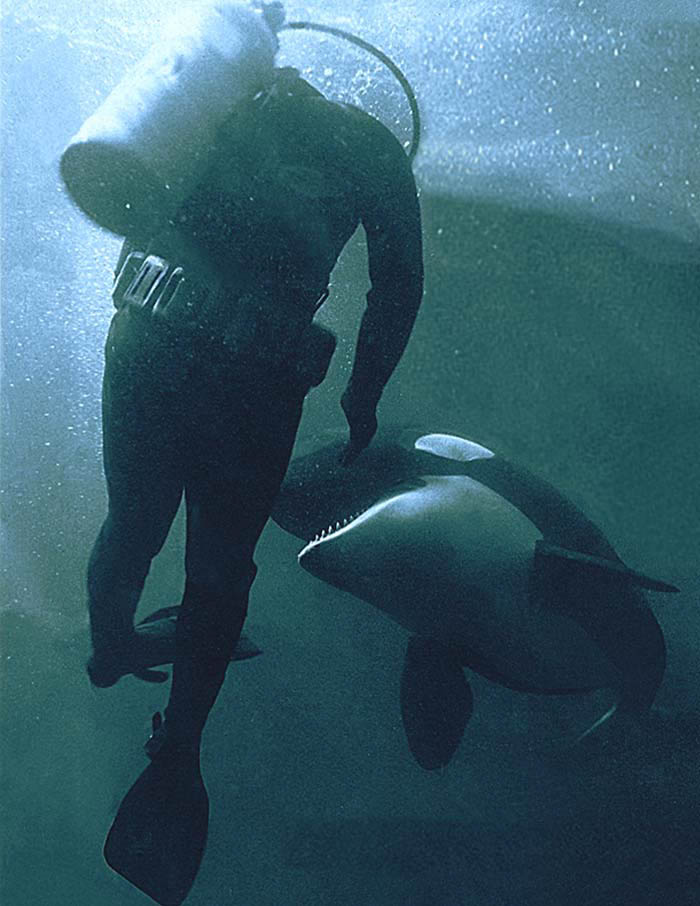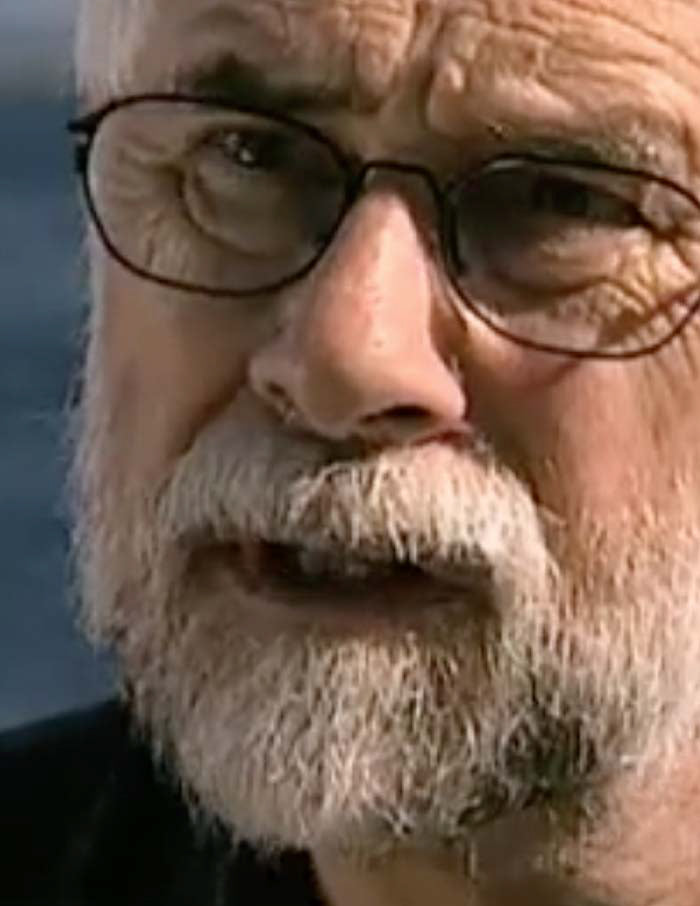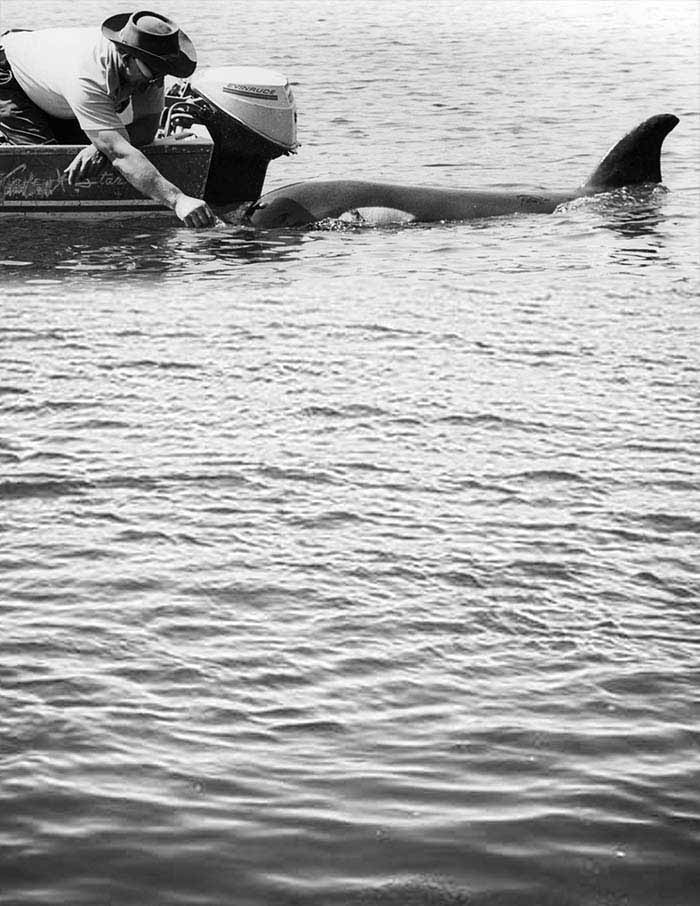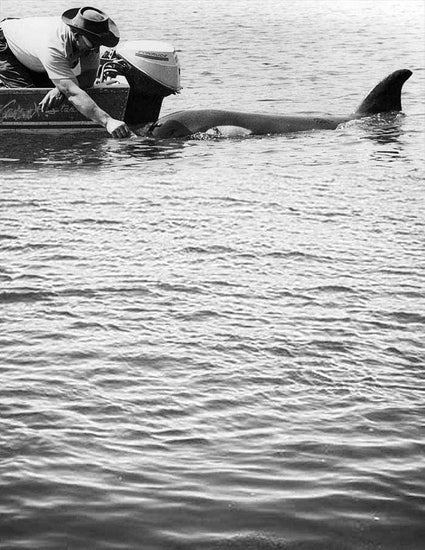Who Killed Miracle?
Director
Scott RenyardProducer
Scott Renyard- Release Date 2010
- Running Time 52.5 minutes
- Closed Captions Yes
- Availability Canada, USA
- Regular price
- $200.00
- Regular price
-
- Sale price
- $200.00
- Unit price
- per
License Definitions
License Definitions
Institutions: Purchase at this price level if you are from a university, college, school board, school district, government agency, business or association. Note: Price does not include inter-library loan rights.
Community: Purchase at this price level if you are from a single K-12 School, registered not-for-profit, community organization, public library. Note: Price does not include right to circulate DVD/program to other schools within district.
DSL Terms
DSL Terms
DSL stands for Digital Site License and permits the buyer of the license (or Licensee) to host the film on a private, password-protected, closed server for the term of the license for educational use. If your institution does not have a server or a private third party hosting platform or you are looking into a license for curated one-time events or fixed term exhibitions, please contact us.
See below for more information about DSL terms of use. Upon order placement, our staff will contact you within 3 business days to arrange digital file delivery.
Couldn't load pickup availability
Share



June 1977, a baby orca was spotted swimming erratically near Nanaimo, British Columbia. It was in distress, vocalizing and swimming erratically. Two weeks later, Bill Davis, a sport fisherman discovered the baby orca in Menzies Bay near Campbell River. Davis befriended the little whale and began to feed her by hand in the wild. Bill's phone call to Murray Newman at the Vancouver Aquarium triggered a series of phone calls which ended at the office of Sealand of the Pacific and it's owner, Bob Wright.
Bob Wright thought the story of a fisherman feeding a killer whale by hand was crazy. It had never been done before. Once at Menzies Bay, Wright and his colleagues were stunned to learn that Bill was, in fact, feeding a killer whale by hand. They quickly realized the little whale was near death and needed emergency medical care. They decided to capture the baby orca and take her back to Victoria on the back of a flatdeck truck.
The little orca would survive the 6 hour trek to Victoria, but when she was lowered into the pool she sank to the bottom. Her rescuers lifted her to the surface which began a six month odyssey of close calls and several miracles before the baby orca would be declared healthy. Hence, she would become known as Miracle.
Miracle would later become the object of a political fight. Environmental activists called for Miracle's return to the wild. They testified in the court of public opinion that killer whales were dying prematurely in oceanariums around the world at alarming rates. But Sealand argued that Miracle would not be able to survive in the wild alone. She had become too accustomed to humans and it would not work. Sealand then made plans to move Miracle to a new pool at Sealand.
The question now facing Sealand was not about whether to move her, but how. Everyone realized that Miracle's story had captured the attention of the entire country and that thousands of people would come out to watch the move. So, they decided to move her by helicopter. This was a feat that had never been tried before. On a day in February 1978, Miracle was moved to her new home through the air.
Miracle became a star performer at Sealand and people came in droves to see her. Miracle, however, would begin to exhibit strange behaviours. Was her traumatic early start in life now taking its toll? Then, it January of 1982, Miracle suddenly died under a cloud of controversy. A mysterious caller claimed to have bungled a plot to free her. Was this a bungled plot by environmentalists to free the little whale? Or was it a cover up? Director Scott Renyard will tell this story using never-before-seen archival footage of Miracle's historic rescue, scenes of her life in captivity, and interviews with the key players in her life to reveal the chain of events that led to her death.
If your institution does not have a server or you are looking into a license for curated one-time events or fixed term exhibitions, please contact us.
Digital Site License (DSL) to Use Copyrighted Material - Terms of Use
The following terms are understood, accepted and effective upon payment of License Fee to Moving Images Distribution, the Licensor, and the buyer, the Licensee, named on the invoice. Copyrighted material, as identified on the invoice, hereinafter referred to as the Program.
- License: The Licensor hereby grants to the Licensee, for the DSL term listed on the invoice, the educational rights for digital streaming of the Program for use within the Licensee’s private, closed system, password-protected platform. Licensee acknowledges it shall not sublicense, sublease, rent, resell, duplicate, digitize or transfer to any other medium or format. Licensee shall not edit, cut or alter the Program nor post it on publicly-accessible websites or networks. This license (i) will not be included in any courses that could be sold to other institutions for future distance-education use; (ii) is non-transferable; and (iii) is not assignable by the Licensee.
- Users: The Licensee agrees that the users for this license shall be restricted to the Licensee’s accredited faculty, staff, students, and walk-in Library patrons.
- Expiration of Term: Upon expiration of the license term, the Licensee shall cease streaming of the Program and the Program must be inaccessible to Users after license term expiry or deleted from the Licensee’s digital servers upon expiry.
Acknowledgement of Limitations: The Licensee acknowledges the Program is copyrighted and the Licensor has a copyright interest in the Program which is legally protected against the Licensee’s use, copying or exhibition except as is set out above.
DVD w/PPR. PPR stands for Public Performance Rights. A DVD with PPR license permits the buyer to use the film in non-theatrical venues for educational purposes, community screenings and other non-commercial purposes. Standard educational DVD w/PPR purchases are in perpetuity for use by the institution, college, school, library, its staff and students.
All DVDs sales are final. We guarantee that all DVDs will be free from defects at the time of delivery. Defective DVDs will be replaced without charge within 30 days of date of shipment.
The creators of all works distributed by Moving Images Distribution hold copyright for their work. Copyrights are a form of intellectual property that gives the owner of the original work exclusive rights to that work, including its publication, distribution, adaptation and use. All purchasers are to specify use required precisely at time of ordering and agree to comply with all copyright, trademark and intellectual property law. No materials purchased may be used outside the rights acquired at time of purchase or may be reproduced in whole or in part by any method now known or hereafter devised. No materials purchased without specific broadcast license and agreement may be broadcast, retransmitted or exhibited in whole or in part without a specific license agreement from Moving Images Distribution for such use.






